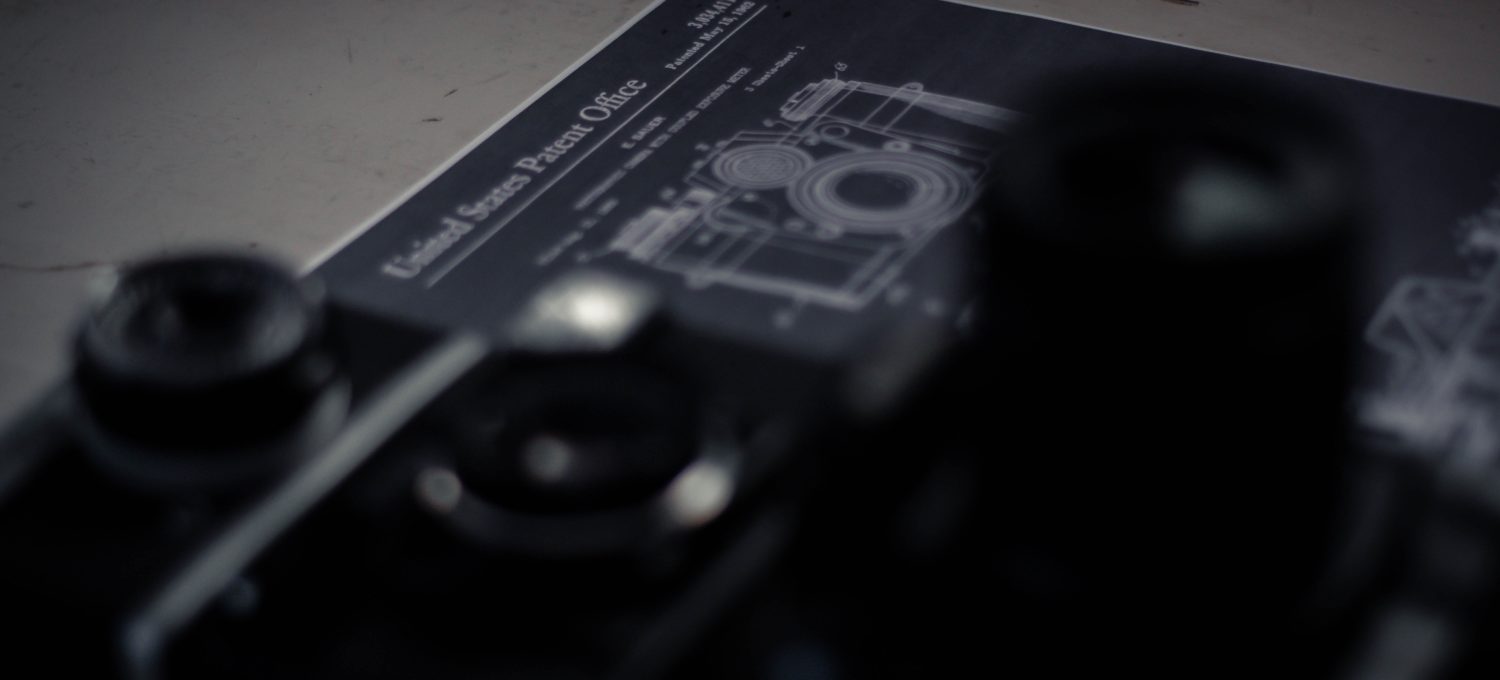Suppose you’ve recently invented a never-before-seen product or software. After celebrating, the next step is to submit a patent application that will shield your hard work from snooping eyes. Additionally, a patent can ensure that you are the one to make a profit.
According to the United States Patent and Trademark Office (USPTO), a patent is the “grant of a property right to the inventor,” which legally prevents anyone else from making, using, distributing, or selling said property.
Once your patent application receives approval, your invention and its uses are 100% yours, meaning you, as the patent holder, can legally regulate how it is used, who profits from it as well. With an approved patent application in hand, you can also authorize who may use the product, software, or process in question.
Most common patent application mistakes
After initiating the patent application process, you’ll need to be wary of common slip-ups. Besides announcing your invention or selling it before securing patent protection, another common mistake made in the patent application process is failing to use a certified notary public when submitting required documents.
Using the oath or declaration as an example, notaries are an essential piece of the puzzle. When declaring that your invention is the first of its kind, the United States Patent and Trademark Office will request several documents that reinforce the application. Unfortunately, the USPTO will reject your application if these documents are missing or haven’t been notarized. To prevent this from happening, inventors should only use certified notary publics, like this, who will legally verify the document’s validity.
Determining which type of patent to apply for
Before you can file for a patent, you’ll need to determine which type of patent you qualify for. According to the USPTO, these are the three types of patents:
- Utility patents may be granted to anyone who invents or discovers any new and useful process, piece of machinery, article of manufacture, or composition of matter, or any new and useful improvement thereof
- Design patents may be granted to anyone who invents a new, original, and ornamental design for an article of manufacture
- Plant patents may be granted to anyone who invents or discovers and asexually reproduces any distinct and new plant species.
Fundamental Documents and Forms
If you are filing for a Utility Patent, you must include the following documents and forms:
- A Utility Patent Application Transmittal Letter that identifies the applicant, application type, and the name of the invention
- An Application Data Sheet
- Specification documents that expressly describe the invention, its origin story, and its intended use
- An oath or declaration that your invention is the first of its kind. Both statements must be certified by a notary public.
Applying for a US Patent
The process of applying for and receiving a patent can be broken down into four steps:
Step 1: Filing
The first step in obtaining a patent is to file a fully completed patent application with the United States Patent and Trademark Office (USPTO). Before you submit your application, verify that you’ve provided all necessary and certified documents.
Step 2: USPTO examination
After you have sent in your application, the next step is for the USPTO to examine it. The USPTO will review your application and compare it to others to determine its eligibility. If they need further information regarding your invention’s finer details, they will contact the inventor directly.
Step 3: Response period
The response period is the time for inventors to supply further documentation that the USPTO has requested. This period also grants the applicant time to respond to a rejected application. If your patent application is denied, don’t fret. The USPTO commonly denies applications and reverses its decision after answering a series of further questions and supplying the documentation requested.
Step 4: Decision
Once your patent application receives approval, you must pay a fee. Your patent will be published within several weeks, and your invention will be safe and protected from thieving hands. Be warned that your product, software, or process will only remain insulated for a 20-year term. That said, plan to renew your application.

